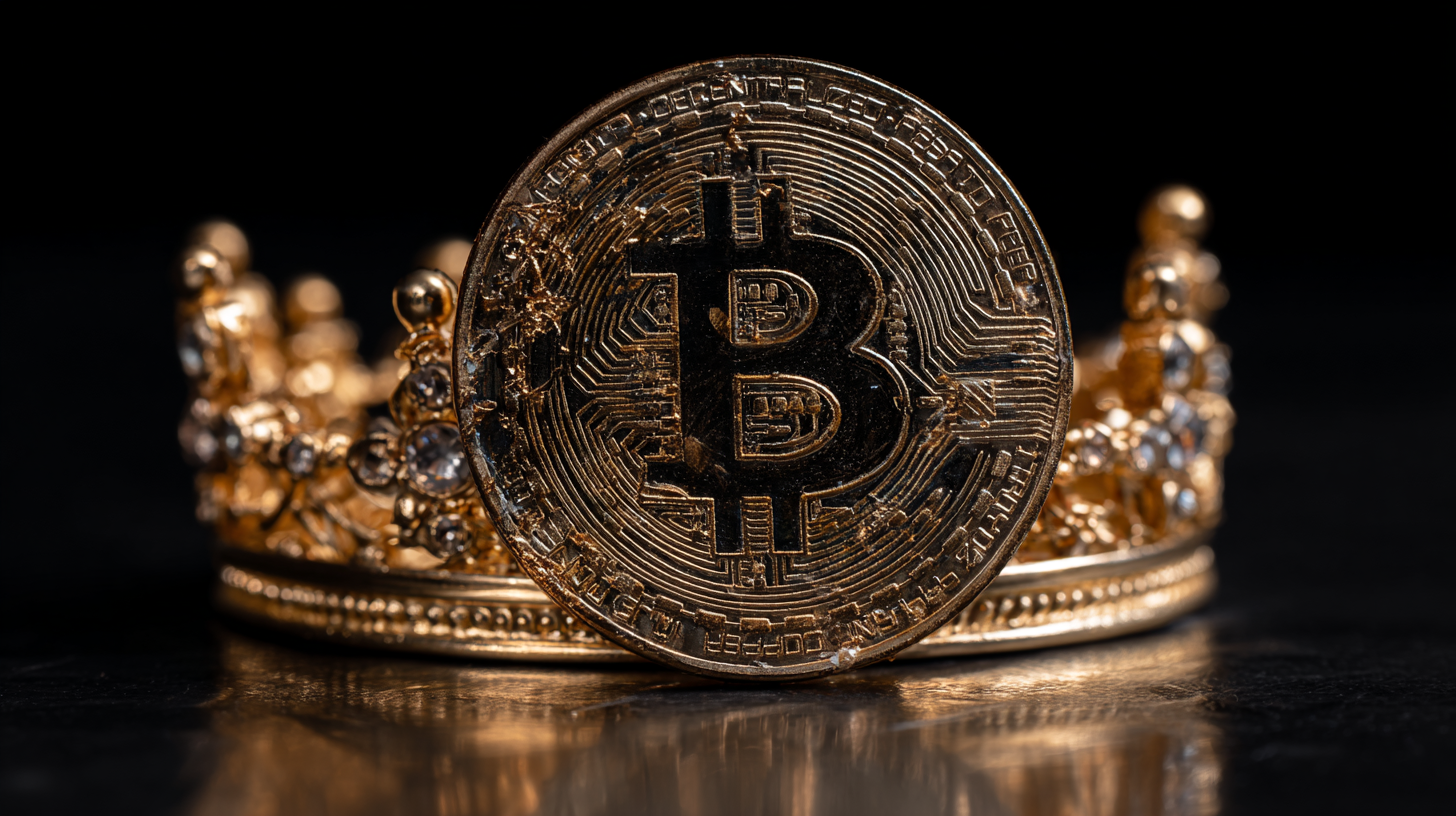
Don’t Wait to Buy Crypto. Buy Crypto and Wait!
Welcome to Crypto-Kings.co.uk: Empowering the Next Generation of Crypto Investors
At Crypto-Kings.co.uk, we believe that everyone deserves the chance to build wealth and financial freedom—and we’re here to help you make that happen with digital assets and crypto trading. Whether you’re just hearing the word “Bitcoin” for the first time, or you’ve dipped your toes into the crypto markets before and felt overwhelmed, this is your place to learn, grow, and invest wisely.
We’re not here to sell pipe dreams or hype. We’re here to guide you through the world of crypto, step by step. No jargon, no pressure, and no gatekeeping. We’re a community of like-minded people, learning, growing, and winning—together.
Who We Are: Building Wealth Through Knowledge and Community
Crypto-Kings started with a simple mission: to help beginners get to grips with crypto trading, investing, and wealth management using digital assets. The crypto world is full of noise—confusing language, flashy charts, and risky speculation. But here at Crypto-Kings, we cut through the hype and deliver real, working strategies.
We’re not financial advisers in suits shouting at CNBC cameras—we’re real traders who’ve made real gains, and yes, we’ve had losses too. But we’ve learned from every move. We share our wins, our lessons, and our knowledge because we know that when one of us wins, we all win. We’re building something greater than just portfolios—we’re building a future.
What We Do: Crypto Help for Beginners (And Beyond)
Starting out in crypto can feel like standing at the edge of a dark forest. You’ve heard stories of people making big money—but you’ve also heard horror stories of scams, lost wallets, and wild price swings.
That’s why we created Crypto-Kings.co.uk—a safe, welcoming space for beginners to understand and navigate the world of crypto.
Here’s how we help:
- Beginner-Friendly Guides: From “What is Bitcoin?” to “How to Buy Ethereum Safely” and “Understanding Wallets, Exchanges and Gas Fees,” we explain crypto in a way that makes sense.
- Real Trading Strategies: We share the strategies that work—not the hype or the moon-chasing. Whether it’s dollar-cost averaging (DCA), portfolio diversification, or risk management, we teach disciplined, smart crypto investing.
- Community Support: Got a question? Not sure where to begin? Ask us! We’re active in our community and social channels, ready to help you learn, troubleshoot, and grow.
- News & Updates: Stay ahead of the curve with trusted crypto news, market insights, and trend analysis. We break down complex topics so you can make informed decisions.
Why Crypto? Why Now?
It’s no secret that the world is changing fast. Traditional finance isn’t working for everyone anymore—and with inflation, instability, and uncertainty everywhere, more people are turning to digital assets as a hedge, an opportunity, and a way to take control of their financial destiny.
Crypto is the future—but more importantly, it’s the now.
Bitcoin isn’t just some tech fad—it’s already being used as a store of value, a payment method, and a hedge against fiat currency depreciation. Ethereum powers decentralized applications (dApps), NFTs, and smart contracts. Other blockchains are building ecosystems for the next generation of the web.
So, if you’re still waiting to dip your toes in, remember our motto:
Don’t Wait to Buy Crypto. Buy Crypto and Wait
Because time in the market beats timing the market—every single time.
Learn by Doing: Tools and Resources We Trust
We know that beginners don’t just need information—they need direction. That’s why we provide:
- Step-by-step walkthroughs for setting up your first wallet and exchange account
- Recommended tools and apps that we use ourselves—nothing sketchy, no affiliate push
- Security tips to keep your crypto safe from scams and hacks
- Insights on portfolio management so you’re not just buying, but building
And when things go wrong? We’re honest about that too. Crypto is volatile. The markets will go up, and they’ll go down. But when you learn the right principles—discipline, patience, and education—you gain something more powerful than just quick profits: long-term confidence.
Real People. Real Results. Real Talk.
At Crypto-Kings.co.uk, we don’t promise overnight riches. We teach you how to think long-term, invest smartly, and stay informed. Our followers have gone from complete beginners to confident investors with diversified portfolios and passive income streams.
And guess what? We’re still learning too. This space changes fast, and that’s why we’re committed to adapting, sharing, and staying on top of the latest developments, from DeFi and staking to layer-2s, NFTs, and even tax tips for UK investors.
Join the Crypto-Kings Community
We’re more than a website—we’re a movement.
✅ Ready to take control of your financial future?
✅ Got questions but no one to ask?
✅ Want to learn from people who’ve actually done it?
Then you’re in the right place. Whether you’ve got £50 or £50,000 to invest, it all starts with one decision: taking the first step.
Crypto-Kings.co.uk is your home base for real crypto knowledge, smart investing strategies, and a supportive crew who’s got your back.
So don’t overthink it. Don’t wait for the next bull run to start.
Get started now—and when the market moves again, you’ll be ready.
Don’t Wait to Buy Crypto. Buy Crypto and Wait
